Posted on May 27, 2021
Updated on March 13, 2023
4 min read time
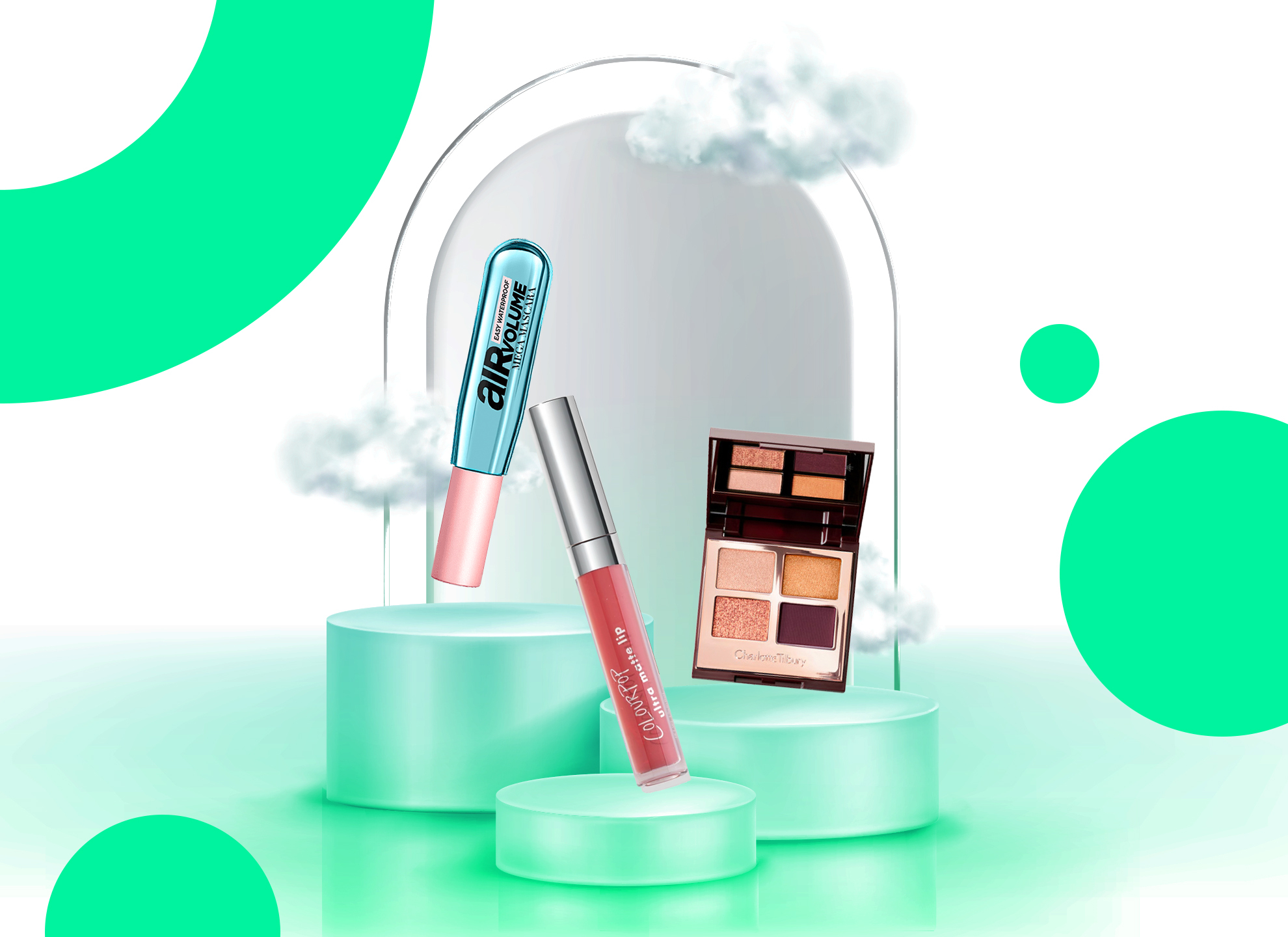
If it’s true that beauty is in the eye of the beholder, what happens when the beholder is forced to stay a 2-meter distance away?
After a year of social distancing, it was inevitable the beauty industry would have to adapt. With consumers staying at home more and going out less, there was a lower demand for premium beauty products and a higher demand for skincare, wellness and pampering. Globally, the beauty industry is expected to shrink in revenue by 20-30%, with the UK cosmetics industry expected to decline by 10%. Beauty and makeup brands operating in this space face tough times ahead, adapting to a post-COVID world, that has dramatically changed consumer needs and priorities.
How has COVID impacted the beauty industry?
Could the days of the ‘full face’ be coming to an end? We think so. With masks fast becoming an everyday fashion accessory, and many people still working from the comfort of their own homes, there’s less of a need for costly makeup products. Simply put, why fork out the big bucks on expensive products, when you can get by with flattering ring lights and video settings?
The pandemic has forced people to confront their priorities, and consumers are rapidly re-evaluating daily routines, deciding which products they wear for themselves, and which are due to social expectations.
Of course, not all brands are suffering and the trend towards wellness and health is gaining momentum. We see this with European fashion brand, Zalando, who has reported 3 times as many orders for skincare, nail care, haircare, and beauty accessories, compared to the same time last year. Similarly, beauty brand, Cult, saw lipstick sales drop during this time by 8%, compared to their skincare range, where sales more than doubled!
The casualties in this market will be those that fail to adapt, like makeup brand, Becca Cosmetics. The brand failed to modernize its strategies and adapt to consumer needs, relying on unrelatable macro-influencers to advertise its products, like Chrissy Teigen and Khloe Kardashian, when micro-influencers are being valued more and more and are proven to have higher levels of engagement.
If you’ve got 1,000 followers and you’re focused on a specific trend or topic, your levels of engagement will be 85% higher than an account with 100,000 followers, which shows just how important authenticity and relatability are to modern audiences. Influencer clubfashionista says it well when she describes macro-influencers as “staged and overproduced”.
Brands we’ve got our eyes on…
With consumer needs changing daily, brands must be reactive to keep their customers happy and stay ahead of the curve. Understanding the different needs and demands of their consumers is key in remaining relevant. Brands looking for longevity in this industry, should be focusing their efforts on ecommerce, communication, and partnerships.
See how L'Oréal, Glossier, Colourpop, Charlotte Tillbury and Youthforia are excelling at this, and find out which Drivers are responsible for their success. L'Oréal jumped at the chance to help during the pandemic, converting factories into hand sanitizer sites and donating generously. But it's not enough to be opportunistic in these times, and with consumer trust at an all time low, Transparency is key to maintaining and nurturing an emotional connection with your target audience.
L’Oreal’s openness about both their company policies and the ingredients in their products is making a splash. In March, the brand adopted a ‘Green Sciences Approach’, pledging that 95% of their ingredients would be derived from renewable plant sources, minerals, or circular processes, by 2030.
Their ‘Inside Our Products’ website is also hugely important in shedding light on the company’s methods and sources. The brand’s openness and honesty are what sets them apart from the competition, ensuring they remain relevant in an age where hundreds of challenger brands are toppling key players in the market.
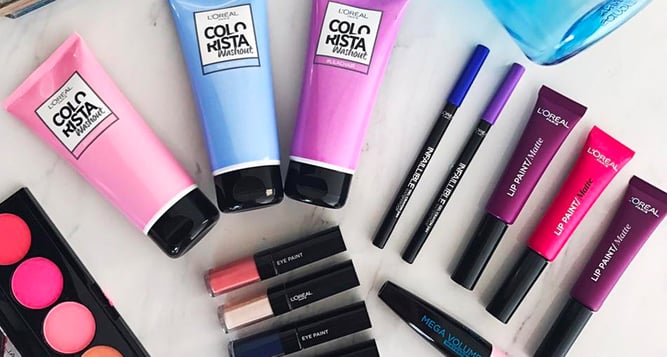
Glossier’s Accessibility has helped them cut through the noise of the industry. Their brand majors on simplicity, preferring to release one product that works well, instead of 10 similar products, that do the exact same job as the first. The brand's positioning and tone of voice have also helped Glossier differentiate. Instead of exclusivity and prestige, which is common throughout the beauty industry, Glossier offer up a fresh, modern perspective on the industry.
This is reflected through the way they treat their customers, as Glossier are all about the two-way conversation. Every new product they release has been informed and inspired through hundreds of customer feedback sessions, collected across all of their digital channels. So, instead of reacting and adapting to feedback after release, Glossier ensures their products are right the first time around.
ColourPop kept ahead of competition by being vocal, when so many others remained silent. They kept on working during the pandemic, releasing plenty of new products and staying active on social media to keep their followers engaged. They are a champion of Innovation and their creative product releases prove this. The brand is known for its reactivity and swift turnaround times, as it can transform a product from concept to creation in just 5 days.
The online share of beauty and personal care is continuing to surge, and is expected to rise to 48% in the United States by 2023. ColourPop are capitalizing on the trend towards digital by making speed to market a key component of their strategy.
The new product releases have helped the brand to broaden their appeal and customer base. By expanding their range, they’re attracting different groups of consumers, from the more mainstream to the niche individual. This comes as no surprise to us, as the brand has even released a strawberry milkshake eyeshadow palette...
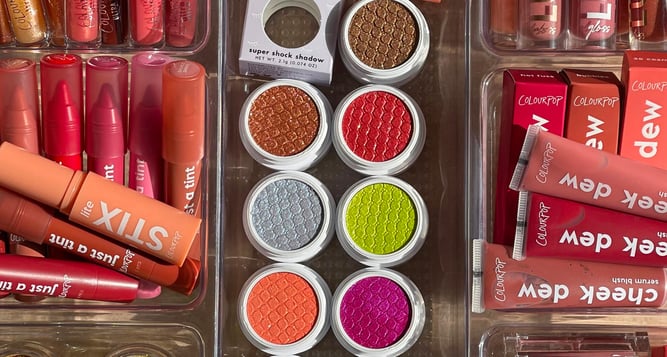
Charlotte Tillbury have ramped up their communications during this time, partnering with TikTok influencers to engage Gen Z, increasing their reach and boosting their Relevancy at the same time. What’s key to their success is their choice of Partnerships, and Tillbury have been selective, opting for authentic fans, like self-taught makeup artists, rather than celebrities without an affiliation with their product. Again, the micro-influencer being key to remaining relevant over the macro.
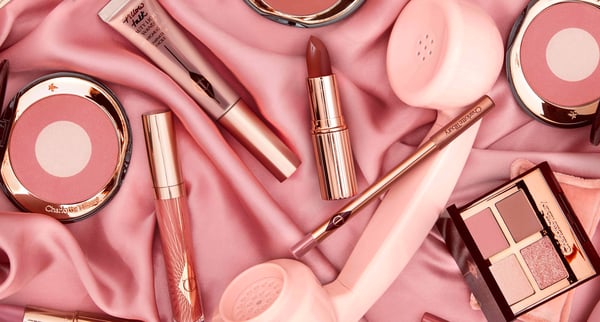
Youthforia are a brand that have Empathy down. They’ve tapped into a common need across both Gen Z’s and millennials by creating a product range that doesn’t need to be removed before bed. The brand has focused on the guilt many consumers feel when not removing makeup after a night out and have combated this by creating a range that is actually proven to improve skin when slept in. Founder, Fiona Chan, describes her products as an ‘extension of skincare’. The products are also highly sustainable, created with plant-based oils and packaged without plastic.
If we’ve piqued your interest and you’d like to learn more about our other 16 Drivers, take a look around.
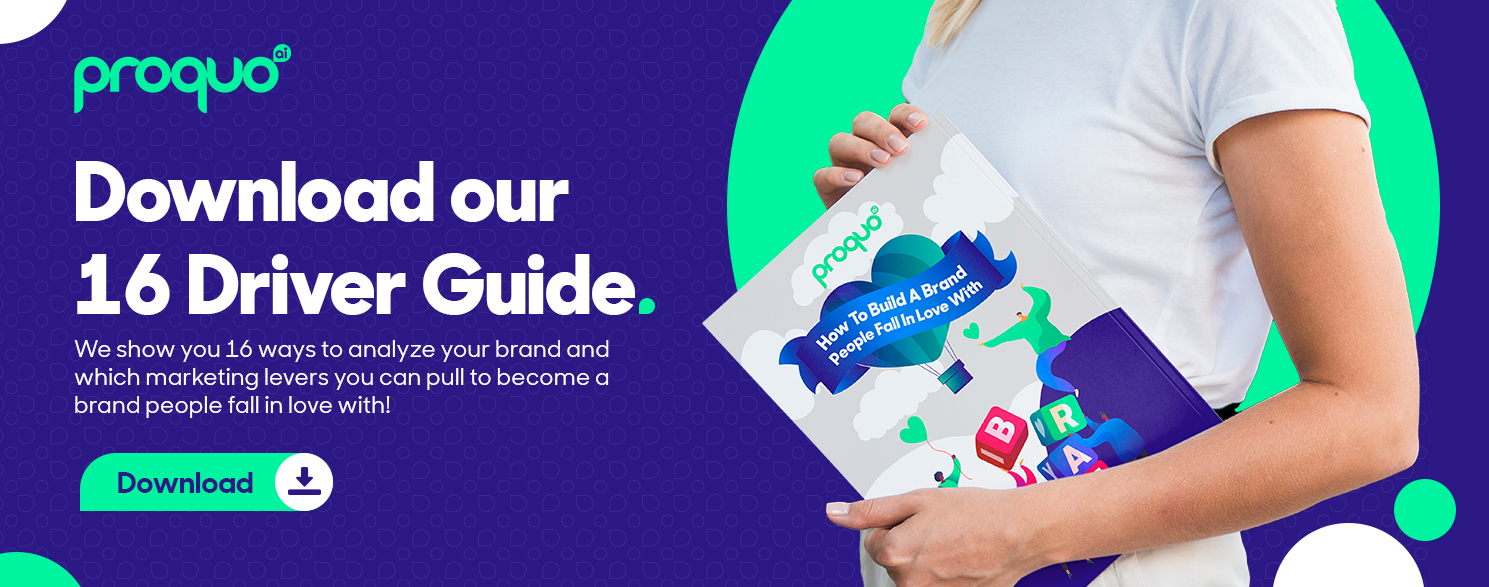
Our intelligent platform will take your brand further, faster.
Don’t believe us?
© 2020-2023 ProQuo AI International
All rights reservedWebsite by Blend